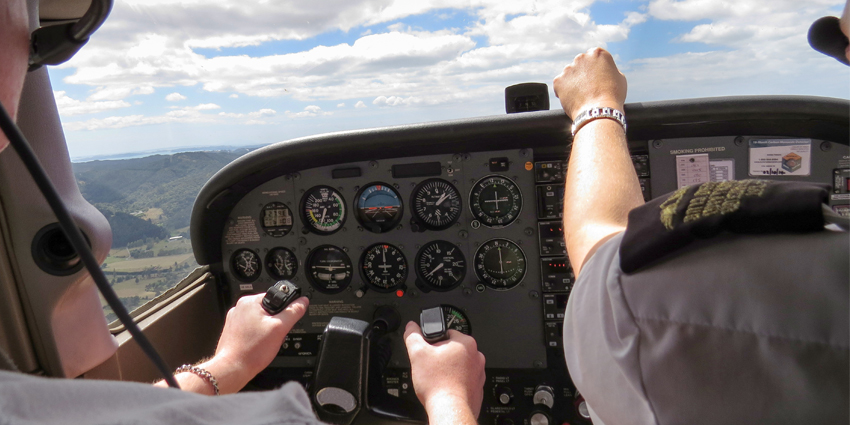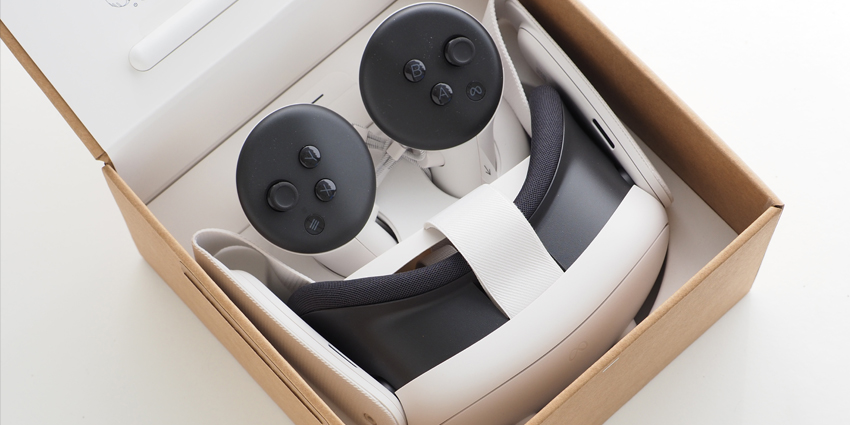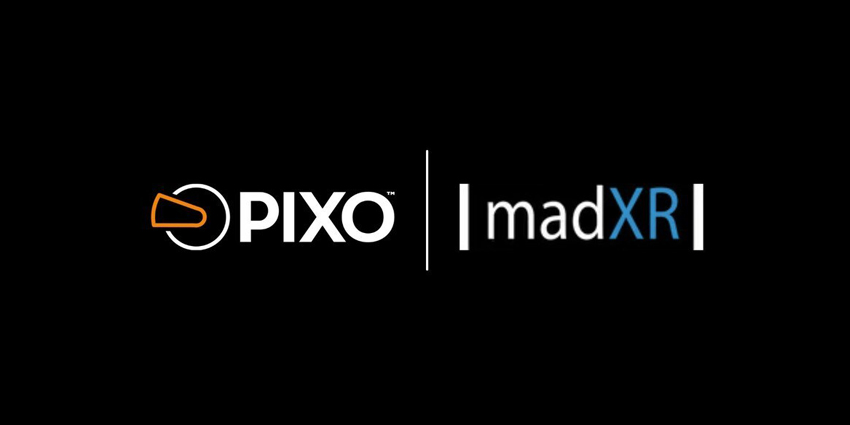Danish virtual reality (VR) aviation training solutions provider VRPilot announced this week it plans to greatly expand its immersive learning modules for Royal Danish Airforce (RDAF) training centres.
After a year-long partnership, VRpilot will introduce its VRBasic training solution for RDAF aviation students at the Karup Air Base Flight School. The extended partnership between VRPilot and the RDAF refines approaches to VR training and integration for both groups.
In a press release, Thor Paulli Andersen, CTO and Partner for VRpilot, explained:
“Fulfilling RDAF’s exact requirements and delivering a finely tuned product assists us in ever-increasing the quality of our products”
Students at the RDAF flight school will take full advantage of VRPilot’s easy-to-use training solution, where potential pilots can jump straight into immersive learning environments simulating T-17 and T-6 aircraft.
Additionally, students will use the platform as a stepping stone before continuing training at the Sheppard Air Force Base in Texas, USA.
RDAF Representative, Henrik “HEK” Næsby, said,
“The virtual reality technology is still relatively new to an organization like ours, so having a partner that can help with everything from understanding our needs, defining a project, executing it and most important of all, supporting it, is very valuable”
By Spring 2022, the RDAF will have the entire VRPilot product portfolio installed at its training school, including its VRflow and VRbasic training modules.
The Next-Gen Basic Flight Trainer
The Lystrup-based immersive training experts offer VRBasic as a hyper-realistic flight simulation solution intended to naturally bridge the gap between real-world and simulated flight training.
The virtual cockpit solution is also based on a modular system, enabling training institutions to fully customise the product to best suit the needs of individual aviation students.
Mentors can additionally reconfigure virtual cockpits by changing physical cockpit controls to create a realistic and immersive training environment.
On top of this, VRPilot’s FNPT-II approved virtual cockpit features a haptic feedback system in its seat and control panel, offering users immersive haptic feedback loops that simulate real-world interactions such as harsh weather conditions and engine movements.
Also, VRPilot designed its training solution to give mentors the tools needed to review student performance in real-time.
For example, instructors can connect a second monitor or tablet to observe training procedures, enabling institutions to integrate VRBasic as a tool to facilitate educational or demonstrational use cases such as group training.
Adding to the mentor-facing spectator tools, VRBasic contains an Instructor Station that gives mentors the ability to modify training procedures in real-time.
VRBasic contains a twin-plug headset connection port that allows mentors to connect a second VR headset for advising students while both individuals are inside a shared VR simulation.
In addition, institutions can connect two separate VRBasic training cockpits together to enable multiple trainee pilots to learn within immersive environments.
Thanks to its powerful trainer and trainee-facing tools, VRBasic provides flight schools with an advanced aviation training solution to facilitate easy-to-use systems for streamlining pilot training processes.







